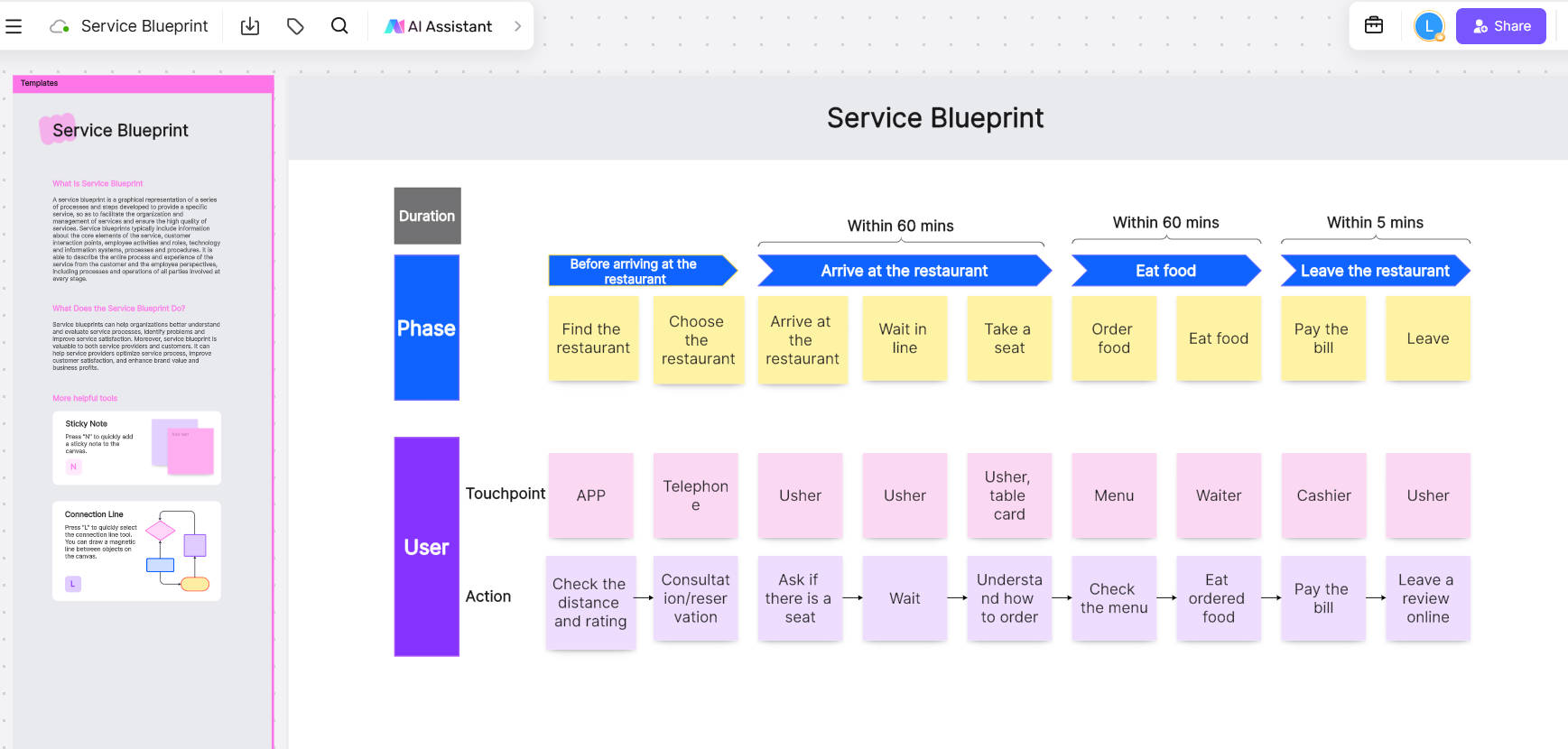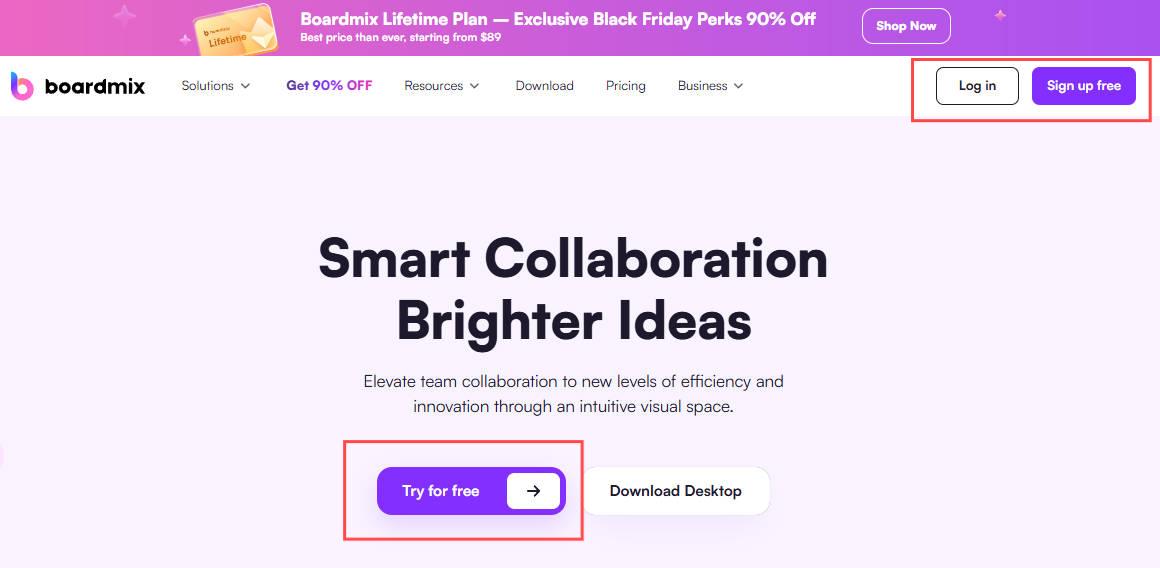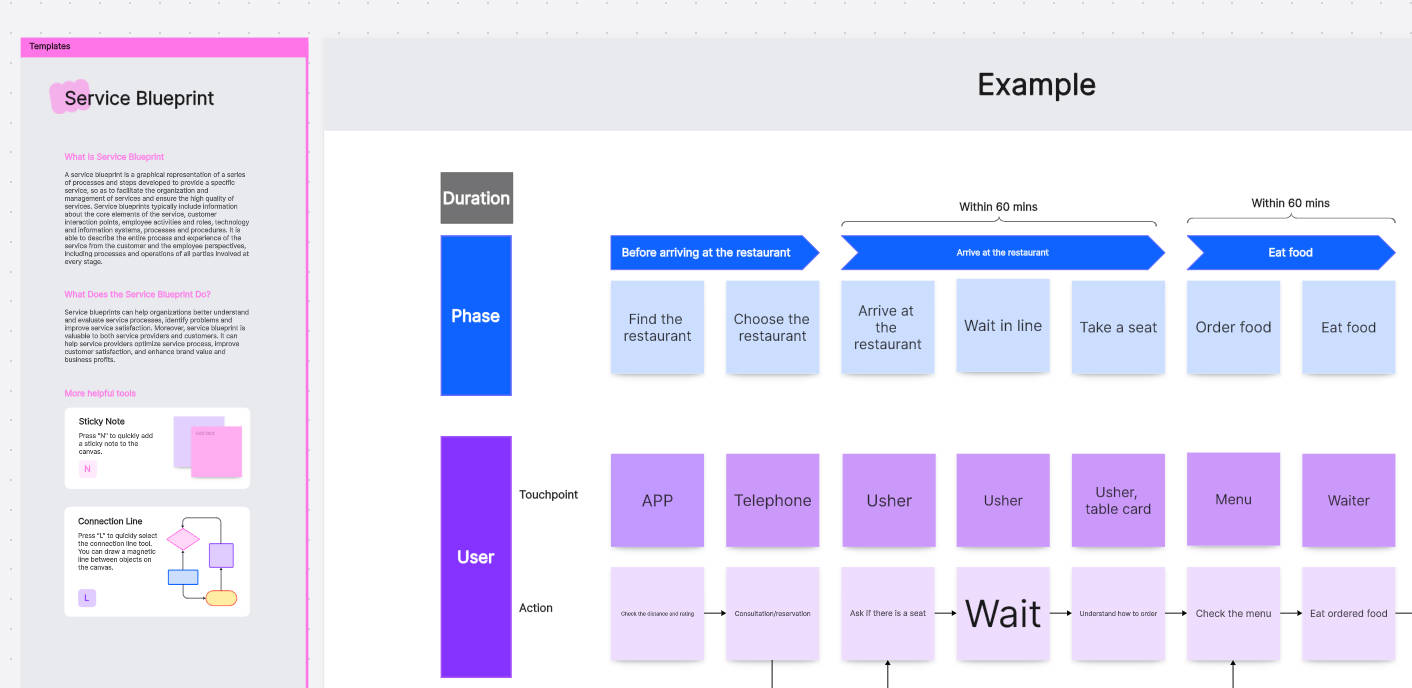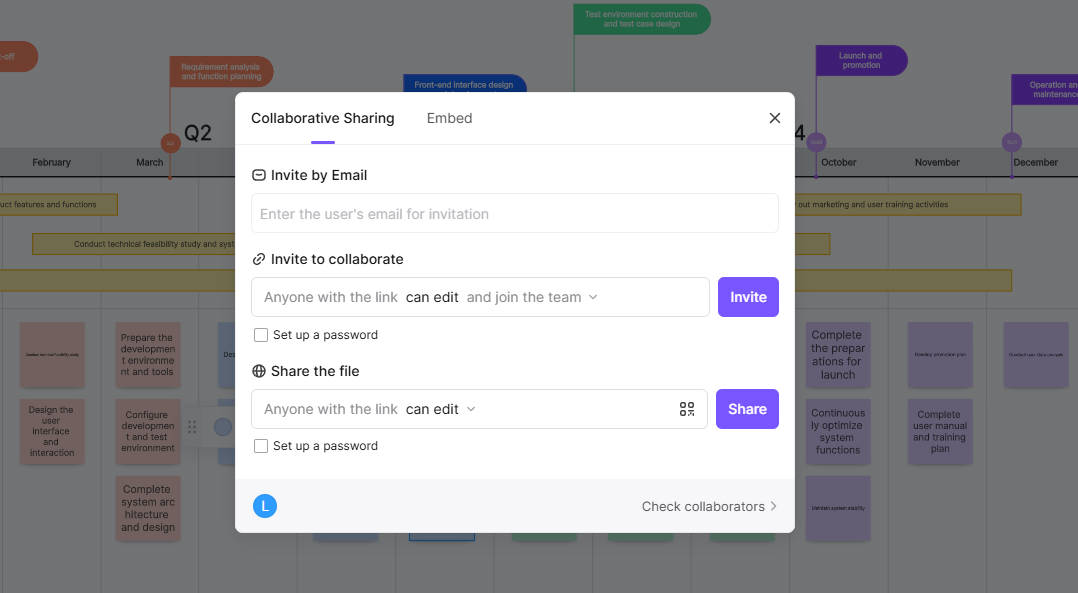Customer experience is a crucial factor for the success of any business in today's world. A service blueprint is an effective tool to understand how your business interacts with its customers and where there may be opportunities for improvement. In this article, we'll explore service blueprint examples and easy-to-use templates from Boardmix to help you improve your service.

Click here to create service blueprint on Boardmix
What is a service blueprint?
A service blueprint is a visual representation of the path a customer follows when interacting with a business, from first contact to post-sale. This model shows all of the customer's interactions with the business, as well as the internal processes that support them. The main advantage of this model is that it provides a global view of the customer journey, allowing the business to identify pain points and areas for improvement.
Why is a service blueprint important?
A service blueprint not only shows the customer's journey, but also the "behind-the-scenes" activities that the customer doesn't see. This allows businesses to identify where bottlenecks or problems may occur, and take steps to fix them before they become real problems for customers. Additionally, service maps can help businesses better understand customer expectations and align their services with these expectations.
Example 1: Service blueprint for restaurants
A service blueprint is an essential tool for efficient restaurant management. It breaks down the entire customer service process, from the first touchpoints to the last, and details all the roles, responsibilities, and internal processes involved.
Line of interaction: The line of interaction separates all interactions that happen between the customer and employees. This includes all actions visible to the customer, such as making a reservation, ordering food, receiving the order, and paying the bill.
Line of visibility: The line of visibility separates what is in the customer's view from what is happening behind the scenes. This distinction is vital for restaurants because it helps focus attention on presentation and customer service without distracting from back-of-house operations.
Back-of-house service line: The back-of-house service line separates the actions of front-of-house employees from the actions that take place in the back-of-house. This would include preparing dishes, clearing tables, and coordinating orders.
Customer touchpoints: Customer touchpoints are all the ways in which the customer interacts with the restaurant. In a service blueprint, these should be clearly identified and carefully considered to ensure a positive customer experience.
Employee processes: Employee processes are the activities that staff members must carry out to provide service. These processes should be aligned with customer touchpoints to ensure a seamless experience.
Support processes: Support processes are the back-of-house activities that support restaurant operations but are not directly related to customer service. This could include inventory, maintenance, etc.
Physical evidence: Physical evidence refers to any tangible element that the guest can see, hear, smell or touch during their experience. This would include the restaurant décor, menu, tableware and more.
Example 2: Service blueprint for hotels
The service blueprint for hotels is made up of several key elements that work together to provide an unparalleled guest experience. It helps hotel owners and managers understand and analyse the guest journey, identify pain points and design better service experiences.
Service blueprint for hotels
Interaction line: This line separates all activities visible to the customer (above the line) and activities invisible to the customer (below the line). This distinction is vital because it helps identify areas where guests directly interact with hotel staff and where improvements can be made to increase customer satisfaction.
Touchpoints: These are all the points at which a customer interacts with the service. They can be physical (such as the reception or dining room) or digital (such as the hotel's website or mobile app). Touchpoints should be designed to be intuitive, accessible and enjoyable for the customer.
Stages of the guest journey: The stages of theGuest journey is all the steps a guest takes from the moment they discover the hotel to the moment they leave. Understanding these stages allows the hotel to anticipate the guest's needs and wants at each point, which can lead to greater customer satisfaction.
Physical evidence: Physical evidence includes all the tangible aspects that customers encounter during their stay at the hotel, such as the décor, cleanliness and comfort of the rooms, and the quality of the facilities and services. This physical evidence can have a significant impact on how customers perceive the quality of service.
Supporting processes: Supporting processes are all the activities that take place behind the scenes to maintain and improve the customer experience. This can include cleaning rooms, preparing food and beverages, training staff, among others. Although these processes may not be visible to customers, they are essential to ensuring that they receive high-quality service.
Example 3: Service blueprint for airlines
Service blueprints are especially useful in industries like airlines, where business success depends heavily on the quality of customer service. It helps airlines understand and analyze the customer journey, identify pain points, and design better customer experiences.
Service blueprint for airlines
Customer-company interaction line: This is the primary touchpoint between the customer and the company, where most service interactions take place. For an airline, this could include interactions at the check-in counter, during boarding, and on the plane.
Line of visibility: The line of visibility divides the frontstage (visible to the customer) and backstage (invisible to the customer). For airlines, frontstage processes might include check-in and onboard service, while backstage processes might include aircraft maintenance and route planning.
Customer touchpoints: These are the points where the customer directly interacts with the service. This could be online, such as booking a ticket through the airline's website, or physically, such as the boarding process.
Service stages: These are the key phases or stages of the service that the customer experiences, from pre-purchase to after the service is delivered. For airlines, this could include ticket booking, check-in, boarding, flying, disembarking and post-flight service.
Physical evidence: This component refers to all the physical aspects that the customer can see, hear, touch or experience during their interaction with the service. For an airline, this may include check-in counters, lounges, aircraft and food served on board.
Supporting processes: These are the processes that support the delivery of the service, but are not visible to the customer. For an airline, this could include crew planning, aircraft maintenance, catering and logistics.
Example 4: Service blueprint for a coffee shop - Starbucks
A service blueprint can help a coffee shop stand out in this highly competitive field. Starbucks has successfully used the service blueprint to provide a consistent, high-quality customer experience around the world.
Lines of interaction: The line of interaction represents the direct point of contact between employees (barristas) and customers. At Starbucks, this includes ordering at the counter, customizing the order, receiving the order, and finally enjoying the coffee. The line of interaction is crucial to maintaining customer satisfaction.
Line of visibility: The line of visibility separates all activities visible to the customer (front of the stage) and activities invisible (behind the stage). Starbucks has an open layout where customers can see their drinks being prepared. This not only creates transparency, but also increases excitement and anticipation.
Physical evidence: Physical evidence is all the tangible elements that the customer interacts with during their experience. This includes the coffee cup, ambient music, interior décor, cleanliness of the premises and staff uniforms. These elements help create the unique Starbucks atmosphere.
Internal processes: Internal processes refer to the activities that staff carry out to deliver the service. At Starbucks, this includes selecting coffee beans, preparing the coffee and maintaining a clean and pleasant environment.
Rules and regulations: Starbucksucks has a strict set of rules and regulations that guide all of its processes, from ethical coffee sourcing to brewing and serving. These rules help ensure consistency and quality across all stores.
Example 5: Service blueprint for ride-hailing - Uber
Uber has revolutionized the transportation industry with its innovative business model based on the sharing economy. It has developed an effective service blueprint that enables the efficient delivery of its service.
Lines of interaction: At Uber, the line of interaction represents the direct contact between the driver and the customer. This includes making a booking through the app, receiving confirmation from the driver, traveling to the destination, and making payment. This seamless interaction is key to the Uber customer experience.
Line of visibility: The line of visibility refers to Uber operations that the customer can and cannot see. For example, customers can see their route in real time through the app, but they don't see the internal process of matching drivers and passengers or calculating fares.
Physical evidence: Physical evidence is all tangible aspects of the service. For Uber, this includes the mobile app, the driver's vehicle, and the electronic receipt. Each of these aspects contributes to the customer's overall perception of Uber.
Internal processes: Internal processes refer to the operations required to deliver the service that are not visible to the customer. In the case of Uber, this includes algorithm-based matching between driver and passenger, dynamic calculation of the ride price, and driver evaluations.
Rules and regulations: Uber operates within the legal framework of each city or country in which it is present. Therefore, it has to follow a set of specific rules and regulations in terms of safety, licensing, and fares.
How to get a service blueprint template from Boardmix?
Boardmix offers an easy-to-use service blueprint template that can be adapted to any type of business. This template is a great way to get started if you're looking to implement service blueprints in your organization. It will allow you to visualize your entire service delivery process, identify pain points, and look for opportunities for improvement.
Here's a step-by-step guide on how to use this essential tool:
Step 1: Log in to Boardmix
To get started, you'll need to log in to your Boardmix account. If you don't have an account yet, you can create one for free on the Boardmix website.

Step 2: Find the service blueprint template
After logging in, you'll be taken to the Boardmix home page. Go to the template center and search for service blueprint to open it in a new dashboard by clicking Use.

Step 3: Add Details to Your Service Blueprint
Add the different elements of your service blueprint, such as customer actions, employee actions, processes, touchpoints, and interactions.

Step 4: Share the Service Blueprint with Your Members
You can collaborate with your team by inviting them to contribute their ideas and perspectives. Boardmix allows multiple users to work simultaneously on the same blueprint.

Conclusion
Service blueprints are a valuable tool for understanding and improving your customer service. By visually representing the customer journey and internal processes, your company can identify opportunities to improve efficiency, resolve potential issues, and provide a better customer experience.
With these examples and the Boardmix template, you have everything you need to start working on your own service blueprint. Remember, the goal is to improve the consistency and efficiency of your service, which in turn can lead to increased customer satisfaction and brand loyalty.









